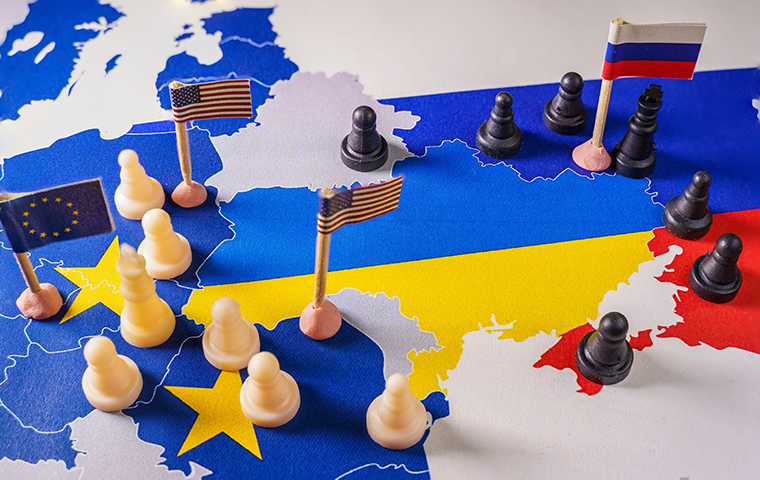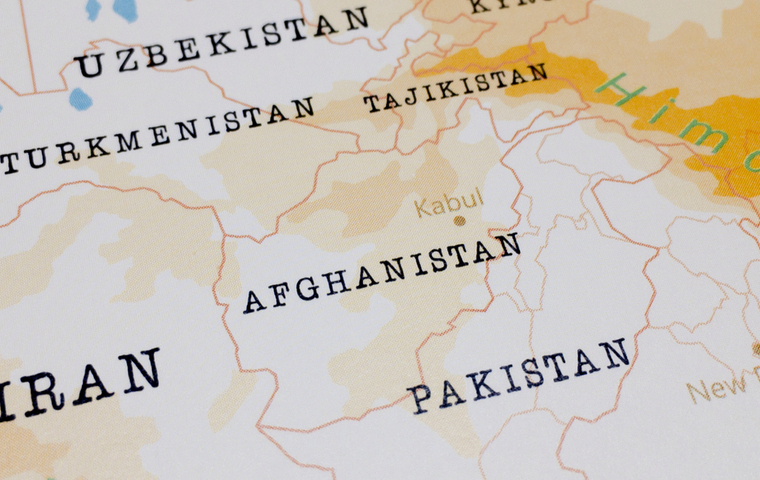Russia’s New Vision: A Break with the “G” Framework
Related Articles

The hostile stance toward the Group of Seven (G7) by today’s Russia is nothing new. Everyone knows that since launching the “special military operation” against Ukraine in February 2022, the Putin administration has significantly soured relations with the G7 nations.
Now that the Hiroshima Summit is over, Russia is showing new trends in its attitude toward the G7. One is drawing China to its side, in a clear stance of forming a united front against the G7. On May 20, behind the ongoing summit, Russian Foreign Minister Sergey Lavrov attended a meeting on foreign and defense policies and argued that decisions at the G7 were bent on “double containment of Russia and China.” While the G7 embarked to extend ties with the emerging and developing countries, the so-called Global South, Russia is also standing firm. In his claim, Lavrov mentioned the G7 nations’ transgressions of exploiting the wealth of the Global South during their past colonial rule. This can be read as Russia calling on the Global South to fight together against the West.
Looking ahead, Russia will focus on the frameworks of the G20, Shanghai Cooperation Organization (SCO) comprising China, India, and Central Asian countries, and the five emerging economies of BRICS, including Brazil and South Africa.
Moreover, the Kremlin is trying to seek new opportunities on the Eurasian Continent by superimposing the Eurasian Economic Union (EAEU), which it formed with post-Soviet states, with China’s Belt and Road Initiative (BRI). This was the vision revealed by a Russian Foreign Ministry official I spoke with, a day after the Hiroshima Summit closed.
The Ruble Propped up by a Boost in Direct Settlements

Following Russia’s invasion of Ukraine, the G7 nations banned major Russian banks from the international money transfer system. This was an attempt to hamper the Russian government’s financing and blunt its ability to continue the war.
Yet, with the Kremlin also taking measures to defend the ruble, there are no major disruptions on the Russian economy as of late May. The fighting in Ukraine is still ongoing. The financial sanctions the G7 imposed on Russia have instead driven a secondary phenomenon. For foreign trade payments, Russia is trying to boost direct settlements in the currencies of the trade partners and evade the U.S. dollar and the euro.
A report released in March by the Central Bank of Russia reveals the breakdown of the currencies for settling imports from Russia. The Chinese yuan, which accounted for only 0.5 percent in 2021, jumped to 16 percent in 2022. For settling imports to Russia, the yuan’s share also increased from 4 percent in 2021 to 23 percent in 2022. This indicates that Russia is taking advantage of the sanctions to dissolve its dependence on the dollar and the euro, which had been a long-time issue for the country.
Naturally, Russia is also seeking to boost direct settlement in the Indian rupee. But, since Russia’s exports are overwhelmingly larger than India’s, the unbalance has prevented India from following the same path as China. Nevertheless, the aforementioned Russian Foreign Ministry official said with great ardor, “Taking time, we will push ahead in resolving our dependence on the dollar.”
As this official admits, there are many challenges to the Russian approach, but it shows today’s Russia has a different vision from the G7 countries. Russia had been a member of the Group of Eight (G8) in the past, but the “G” framework has become a thing of the past. In the foreseeable future, there is no way Russia will return to its former state. Its vision is worlds apart from the G7.
This is a translation of the Japanese article published in vol. 79 (May/Jun. 2023) of the Gaiko (Diplomacy) magazine.
Hitoshi Oamae served for the Mainichi Shimbun Moscow Bureau. He joined Nikkei America, Inc. in 1996 and worked for the Washington Bureau. After joining the Mainichi Shimbun in 2003, he has had three stints in Moscow since 2008. He is the author of Ukuraina Shinko made no 3000 nichi: mosukuwa tokuhain ga mita roshia [30000 Days to the Invasion of Ukraine: Russia as Seen by the Moscow Correspondent] and other books.




